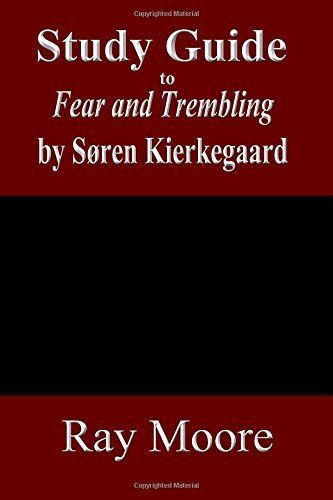
Study Guide to Fear and Trembling by Soren Kierkegaard
"Fear and Trembling" is one of the most frequently studied philosophical texts in universities. Nevertheless, it is a demanding read. This substantial guide aims to aid the student needing some guidance when first encountering the book. Kierkegaard's style is difficult to follow at times and this guide seeks to provide an introduction which is not full of academic diction and rhetoric but is easy to understand, thoughtful and articulate. Soren Kierkegaards's "Fear and Trembling" is by any measure one of the greatest books of the nineteenth century. Faced with the undermining of Biblical Chritianity by scientific rationalism, Kierkegaard asked, "What is the nature of faith in the modern world?" One could argue that his answer was the foundation of modernism both in philosophy and in literature. Beyond its language, what makes "Fear and Trembling" a demanding text is that it challenges every reader to re-evaluate the meaning that he/she finds in life. This Guide aims to aid the reader in understanding Kierkegaard's philosophical musings on life, God, faith, and romantic love. Includes: - A historical analysis of the crisis of faith in post-Enlightenment Europe in the second half of the nineteenth century; - An account of Kierkegaard's life and the social and intellectual context in which he produced a steady stream of books, journals, printed sermons, and newspaper articles; - A primer on Kierkegaard's fundamental ideas; - A section by section analysis of Fear and Trembling each with a detailed summary and critique; - A summary and analysis of Repetition, a companion work; - A closing section that concentrates on Kierkegaard's contribution to the development of existentialism.